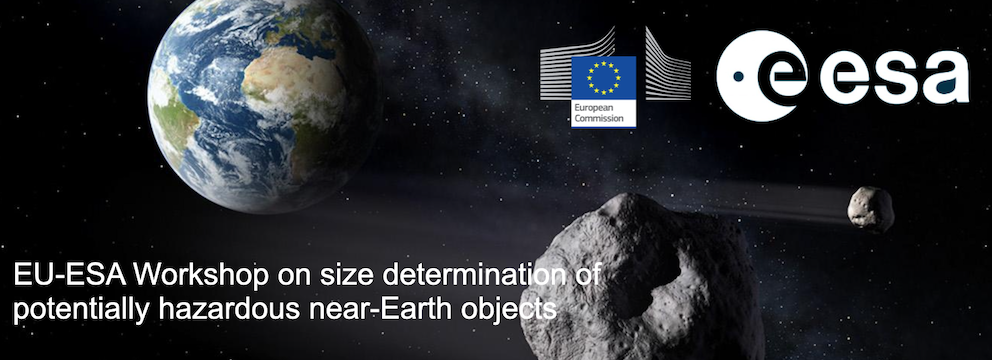Speaker
Description
Most Potentially Hazardous and Near-Earth Objects are not observed by specific
photometric follow-up telescopes. The only estimate on their physical parameters is
therefore made based on the discovery observations and their follow-up submitted to the
MPC. Those observations usually only include low-accuracy photometry.
Recent studies show that these observations also contain systematic offsets. A debiasing
of the photometry in MPC observations is able to reduce the photometric errors by more
than 30%, resulting in better size estimate for asteroids. However, the underlying error
sources should be analyzed by the individual observers. The methods to do a photometric
calibration should be more prominent as well.
The analysis opens new questions on the photometric observations of asteroids:
- How should observer provide their photometry? Calibrated or raw data?
- Should MPC/JPL/NEOCC implement corrections for (past) measurments?
- Is the V-band a suitable reference band for optical observations (anymore)?
- How can the confusion between ‘band’ and ‘filter’ be minimized?
- Should there be campaigns focusing on the photometry of NEOs (comparable to
the timing-accuracy ones)?
Besides presenting the methods on the debiasing method and its results on photometric
offsets, we will start a discussion concerning the posed questions in order to improve the
current situation.

